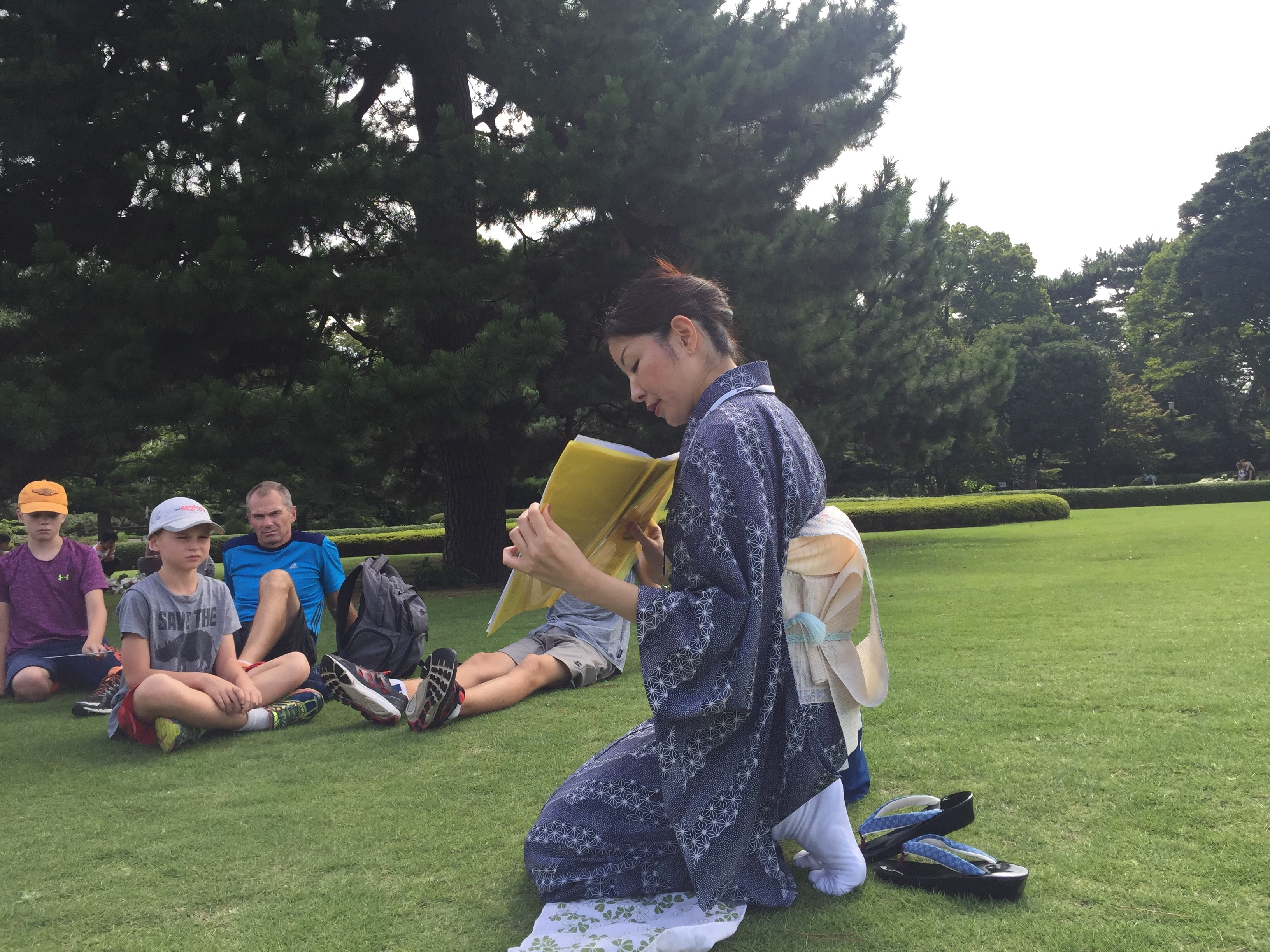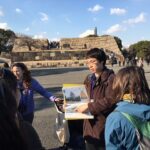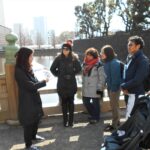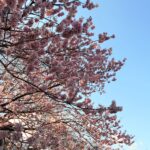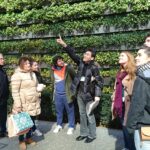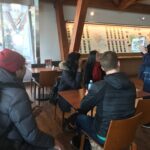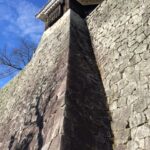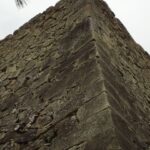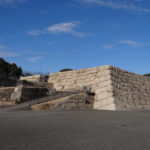What a perfect saturday it was to go out for a walk!!
Blue blue sky, cool air with warm sun, early cherry blossoms and good smell of the plum tree, ducks swimming in the moat…spring should be very close now.
We were delighted to welcome 35 guests from Brazil, Australia, Israel, U.S.A., Spain, Germany, Canada, Singapore, U.K.,China to stroll around the east garden. We made 4 groups for this day.
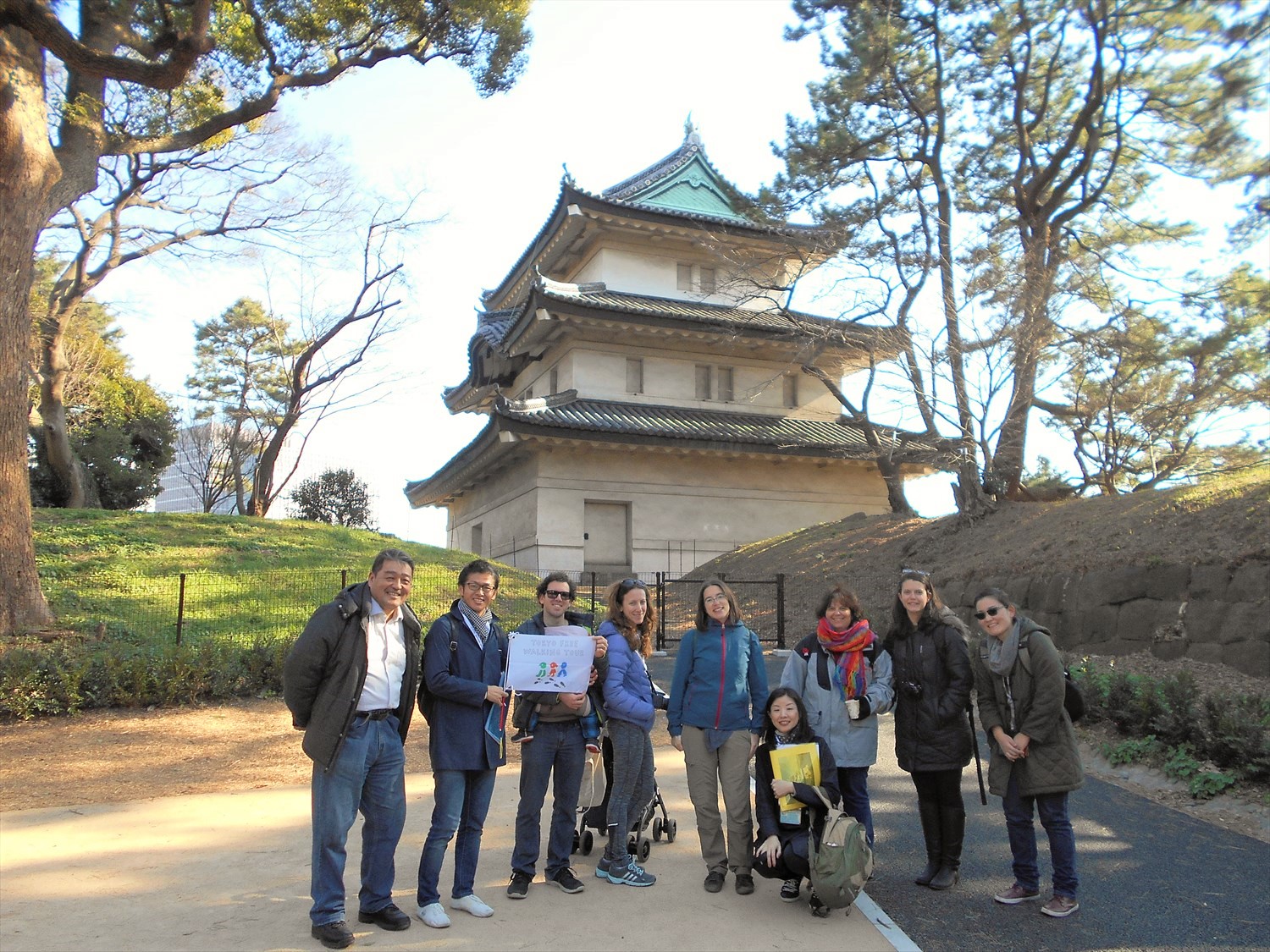
Group-A of Feb.25
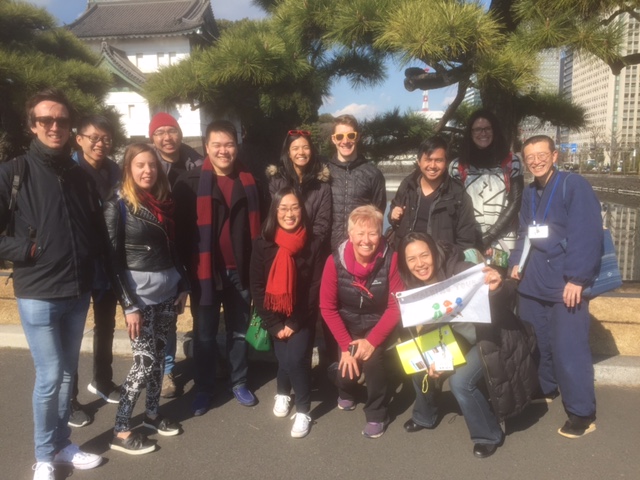
Group-B of Feb.25
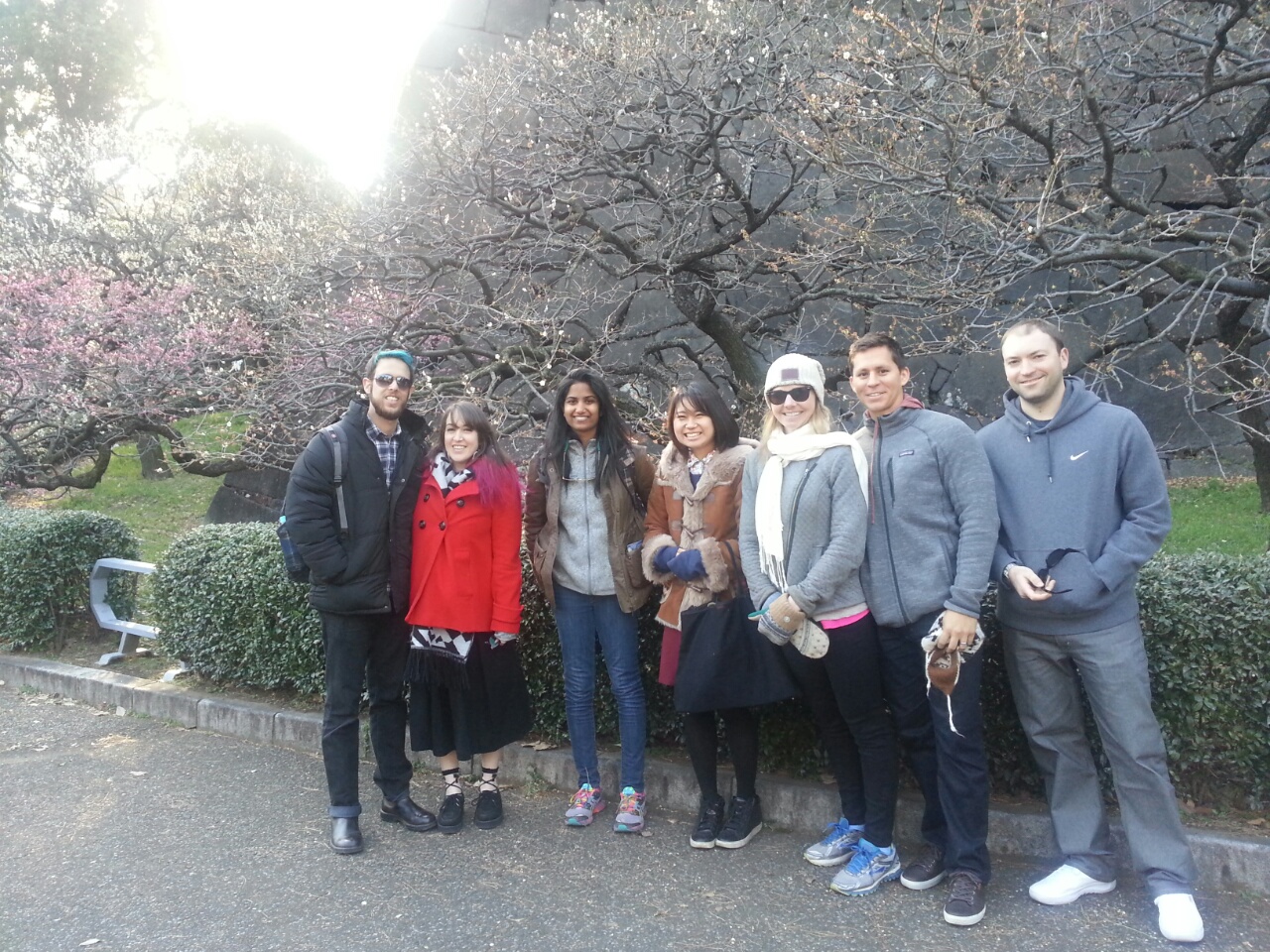
Group-C of Feb.25
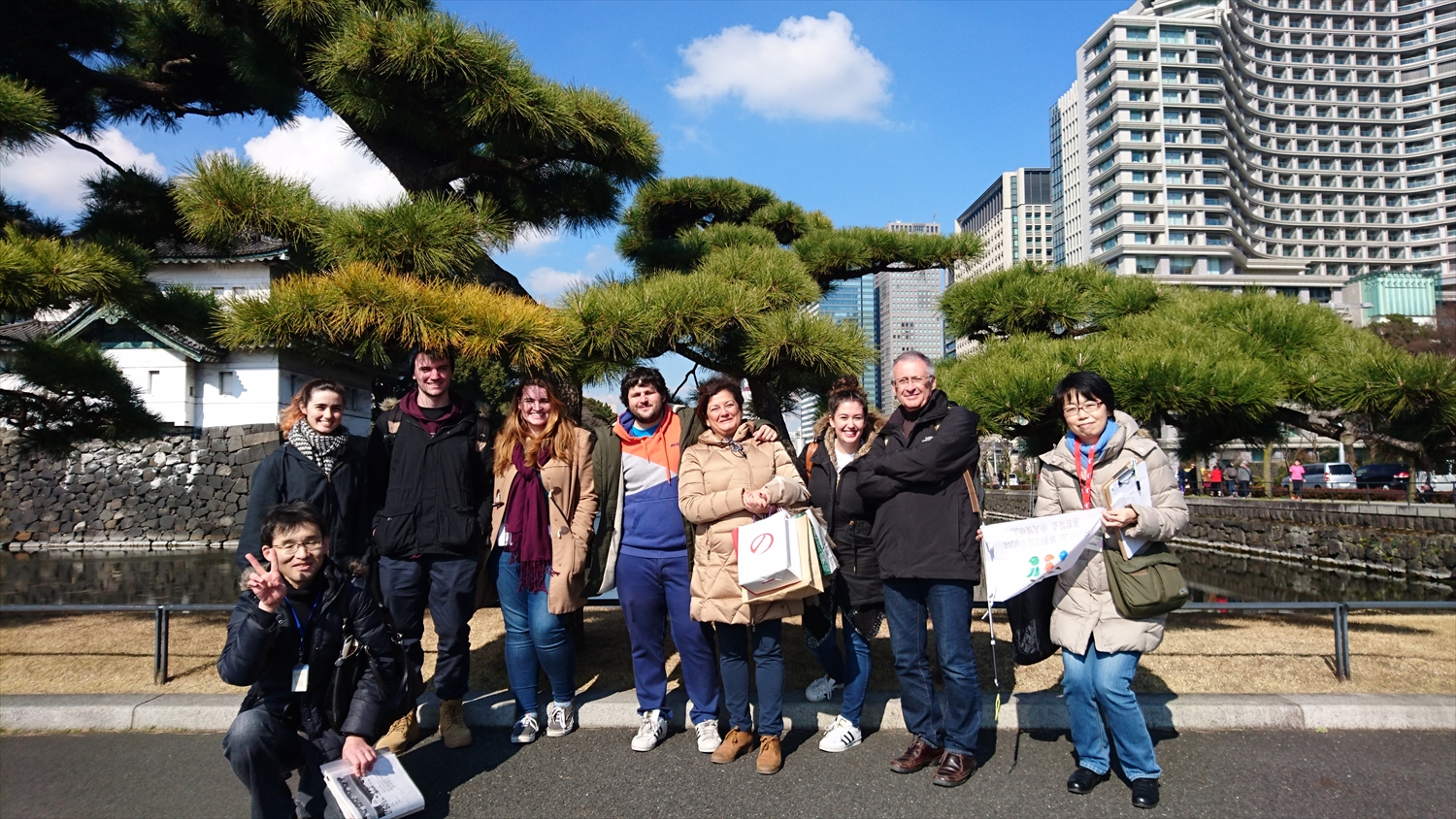
Group-D of Feb.25
During our tour, one group of our guests brought us the following questions; ” Why does the stone wall has a pitch”?(Like the photo)
Now, I’d like to appreciate our smart guests to bring this issue !! This issue is extra hot for me too now. I went to Matsuyama-castle(in Ehime-prefecture) and Himeji-castle(in Hyogo-prefecture) last weekend and the “curving” stone walls drew me extra attention, so as our guests!!
- stone wall in Matsuyama-Castle
- stone wall in Matsuyama-Castle
- stone wall in Himeji-Castle
- stone wall in Himeji-Castle
Going up higher, The pitch of the stone wall becomes steeper and curves. It’s shape is similar to an ougi(=sensu, a folding fan)when opened. So this curve is called “ougi-no-kobai”or”Fan curve of the stone wall”. The higher the wall becomes, the pressure inside the stone wall increases. This may make the stone wall easy to collapse down. To ensure that a wall could withstand, the pitch at the lower part of the wall is rather loose than the higher part so it could release the pressure of the whole wall. And also the steep curve near the top is almost vertical. It helps keeping enemies away from climbing.
Corners of the wall are made of rectangular stones that are stacked alternately, as the long side, short side, long side, short side… I found a small mock-up at Himeji-jyo as the picture. This method of construction is known as sangi-zumi(trimmed style stone walls).Sangi-zumi construction was perfected from the late 16th to early 17 centuries, when it became possible to construct high stone walls.
If you have any or another chance to visit the East Garden of the Imperial Palace, please have a close look on the stone wall of the basement of main tower. The corner of the wall here is the “Sangi-zumi” and the stone edge is lifted higher. This increases the intensity of the basement.
- mock-up of “sangi-zumi”
- basement of the main tower in East Garden Imperial Palace
Please come to see the excellent works of Edo era back to the 19th century, we look forward sharing any excitements with you!
(posted by Noriko)

